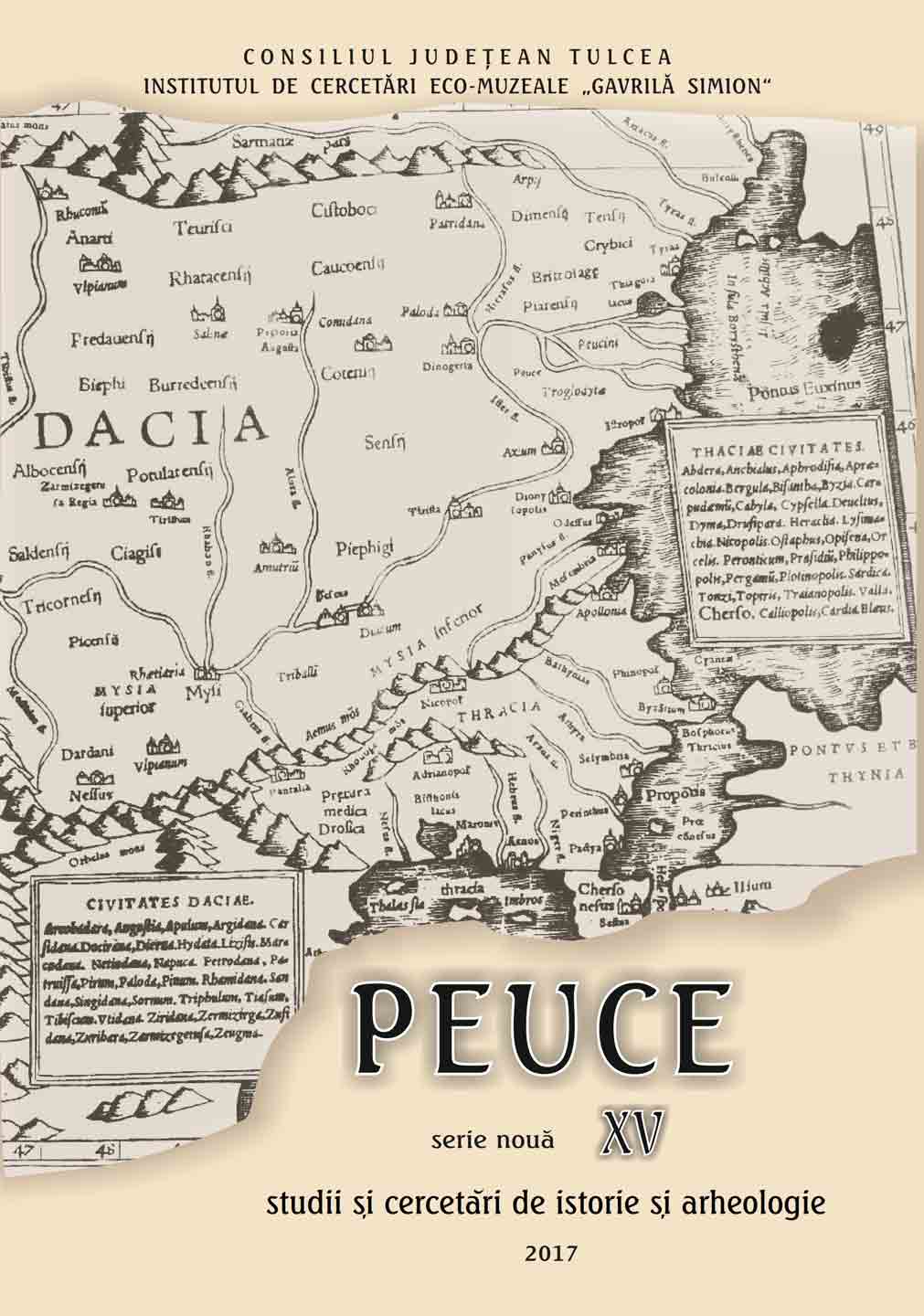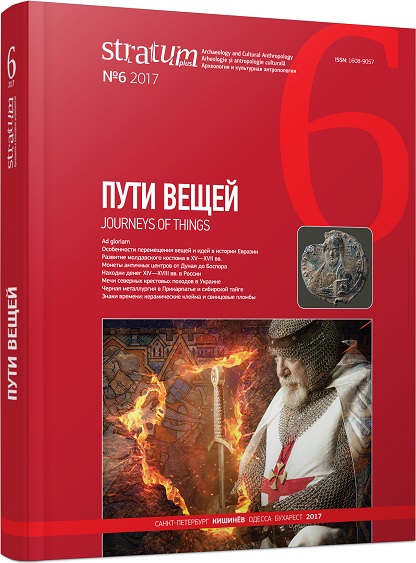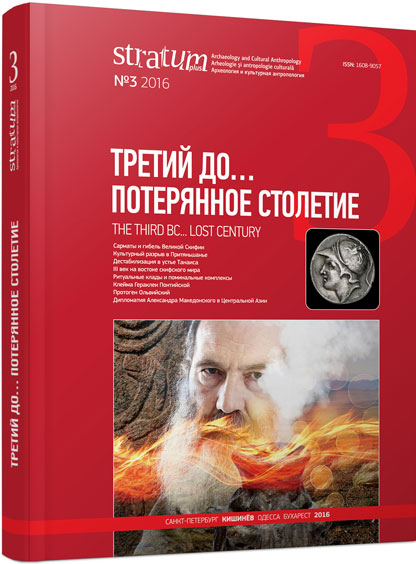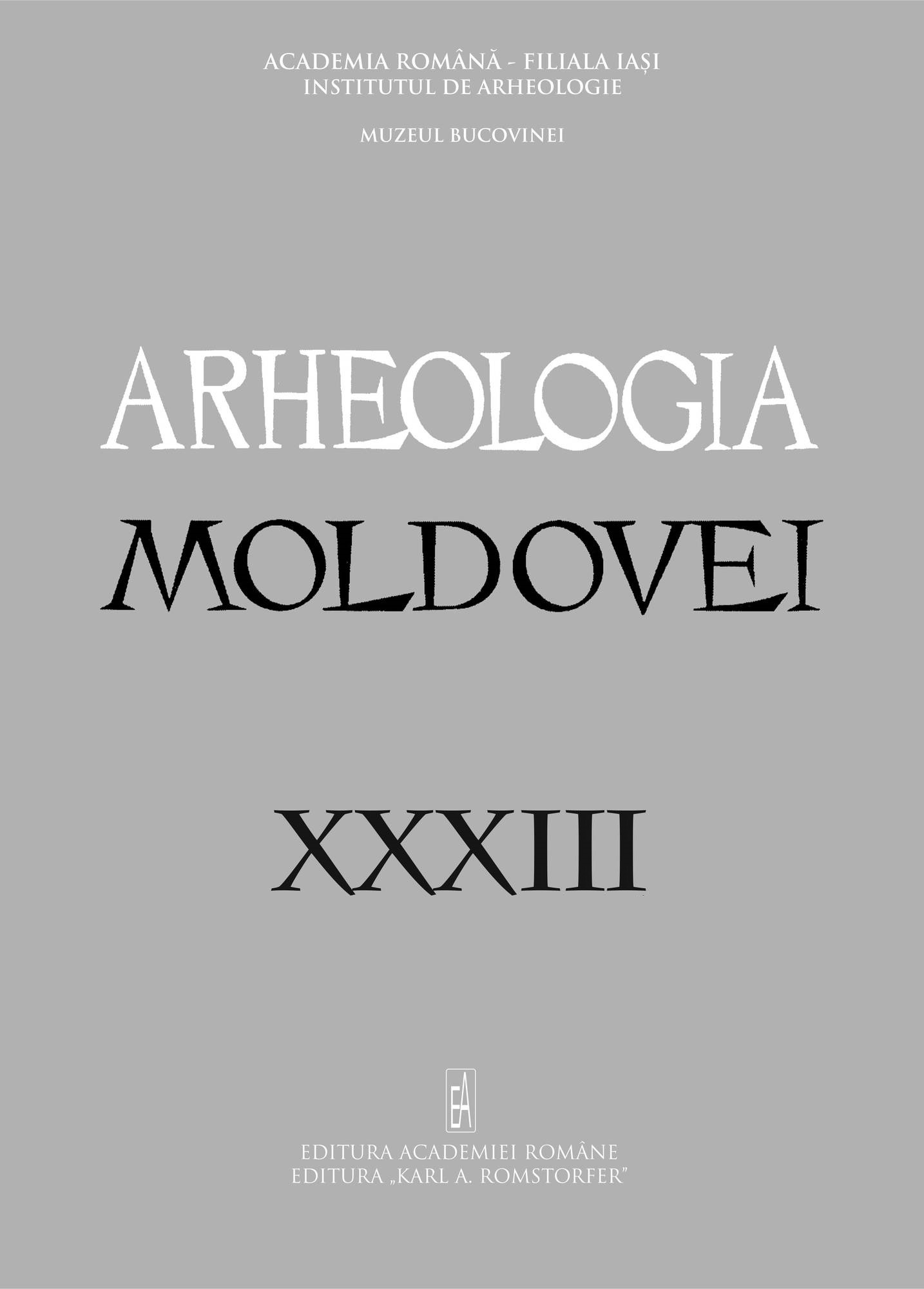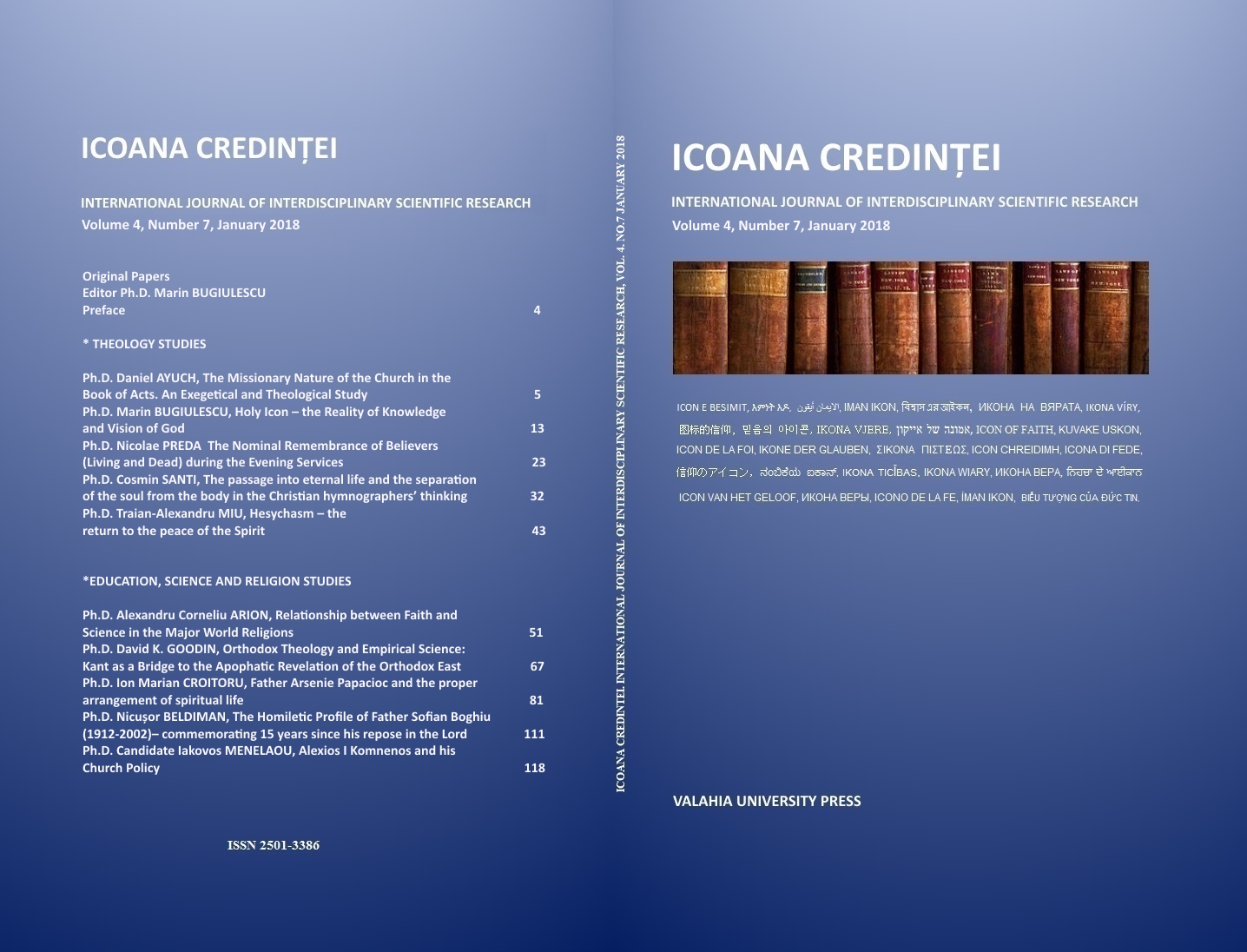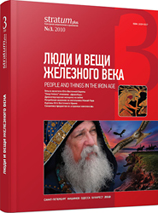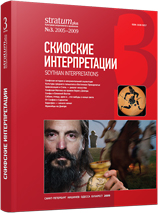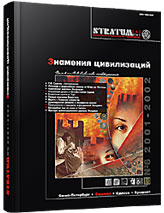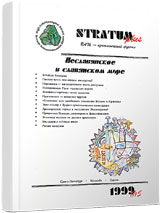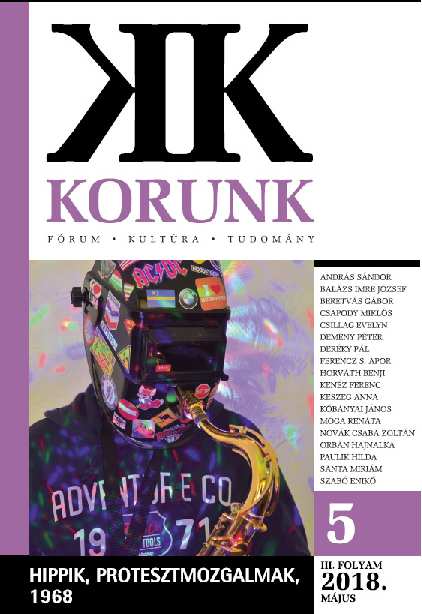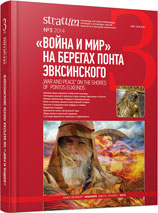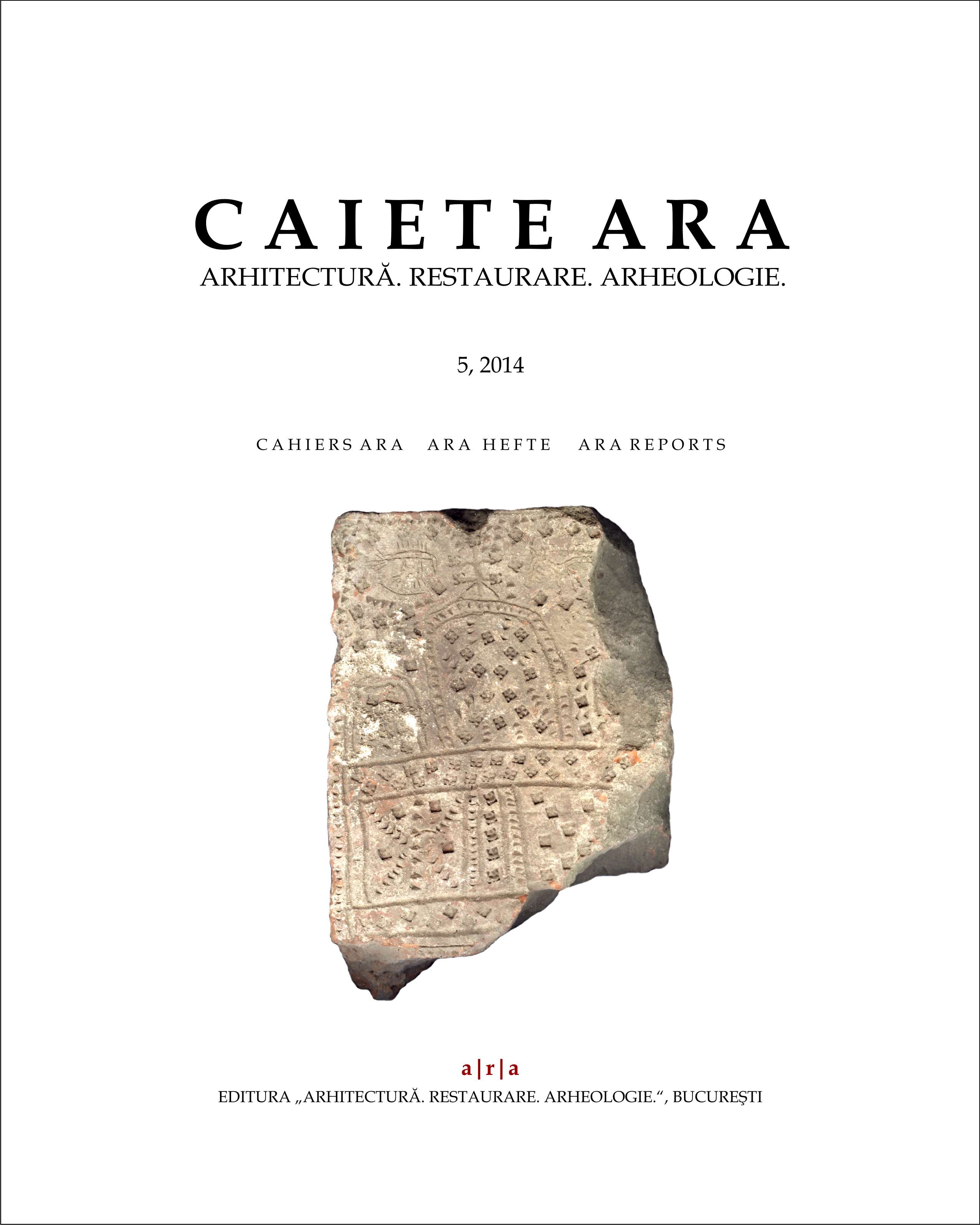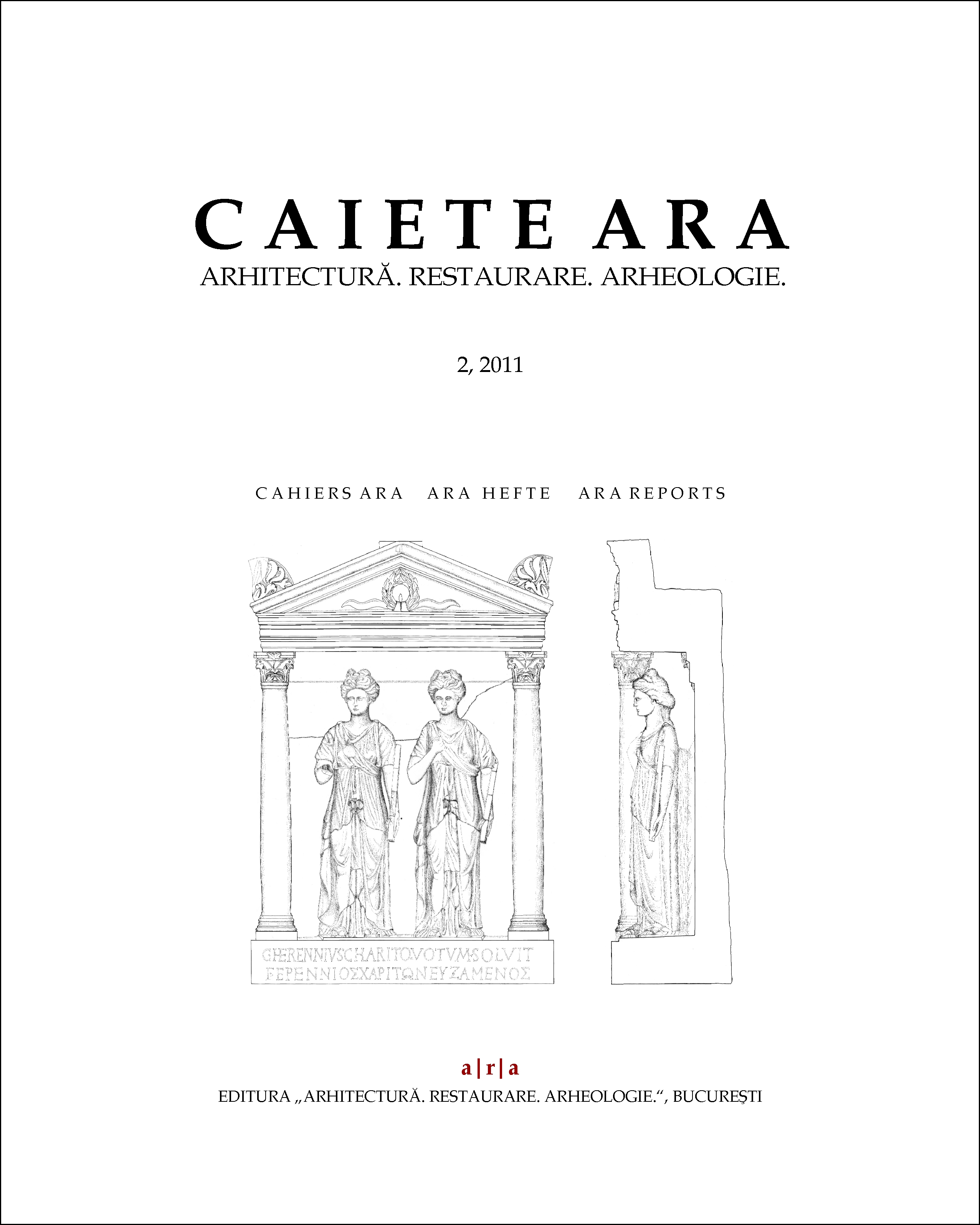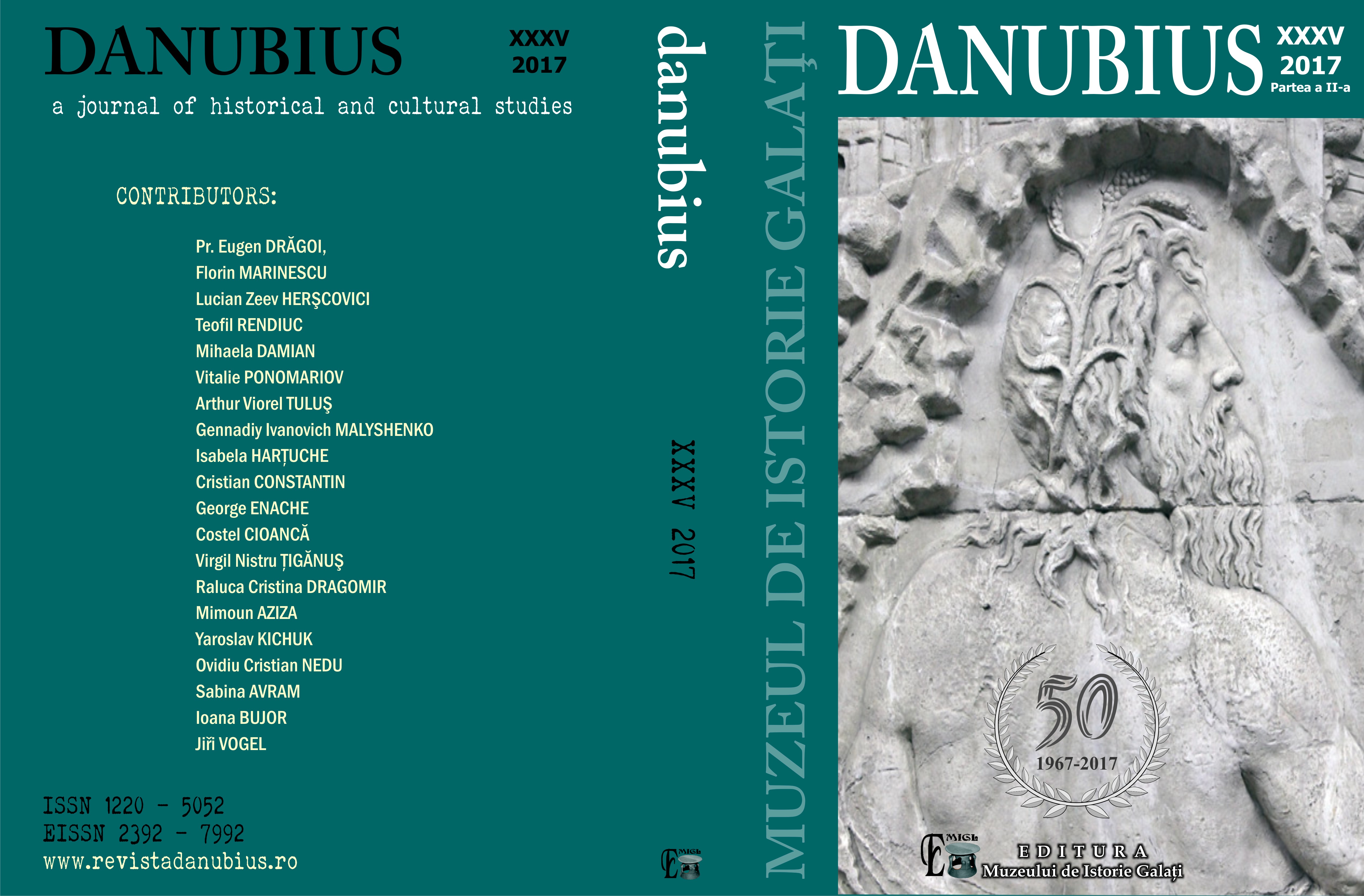COMPLEXE HALLSTATTIENE TÂRZII CU CERAMICĂ LUCRATĂ LA ROATĂ DIN AŞEZAREA TRINCA „IZVORUL LUI LUCA”
Author(s): Oleg Leviţki / Language(s): English,Romanian
/ Issue: 1/2010
Keywords: wheel-made pottery; Trinca „Izvorul lui Luca”; late Hallstat complexes; West Podolian/ Podolian Moldavian group
The present article describes the results of excavations in sections Nr. IV and Nr. V carried out in 1989 and 1990, respectively. The excavations revealed a Late Hallstatt settlement level represented by dwelling remains and by rich archaeological material, including wheel-made pottery. The specific features of the rectangular-plan dwellings, their size, orientation, heating system, and the presence of pits are generally analogous with the dwellings of the Late Hallstatt/Early Scythian period of adjacent areas of the North Moldavian Plateau, of the Middle Dnestr (Nistru) and of the Rădăuţi Lowland, inhabited by the communities of the West Podolian/Podolian-Moldavian group of sites. The technological parameters, the types and variants of pottery, the decoration patterns and the type of hand-made pottery of the level under study are specific also to the analogous categories of pottery from the Late Hallstattian burial ground of Trinca “Drumul Fetestilor”, situated 1.5–2 km to the north-east, as well as to early Scythian settlements of the Middle Dnestr (Nistru). On a larger scale, the pottery from “Izvorul lui Luca” are typical of the Western Podolian group, of the North-Thracian culture range and of the early Scythian culture of right-bank Dnepr. The wheel-made pottery is made of fine clay, containing, in most cases, small particles of mica. Besides mica, the clay contains such materials as sand, whitish sparkling or mat particles, in some cases gravel, as well as additions of vegetable (seeds) or mineral (chalk grains) matter. The color of vessels is usually grayish, with brighter or darker elements. Seldom, the pottery has a light brown or reddish color, the outer surface being slipped with gray and afterwards carefully polished. The inner surface and the bottom of the vessels show traces of the wheel modeling. Among the studied wheel-made pottery, one can recognize Kruglik-type ware; bi-conical mugs with a high longitudinally grooved handle; vessels with a straight cylindrically shaped handle; and vessels with an out-turned rim, grooved on the outer side. Technological, morphological, and ornamental patterns of the hand- and wheel-made pottery allow reference of the complexes of sections IV and V of the Trinca settlement to West Podolian/Podolian-Moldavian group of sites and should be dated to the late 7th and 6th centuries BCE.
More...

